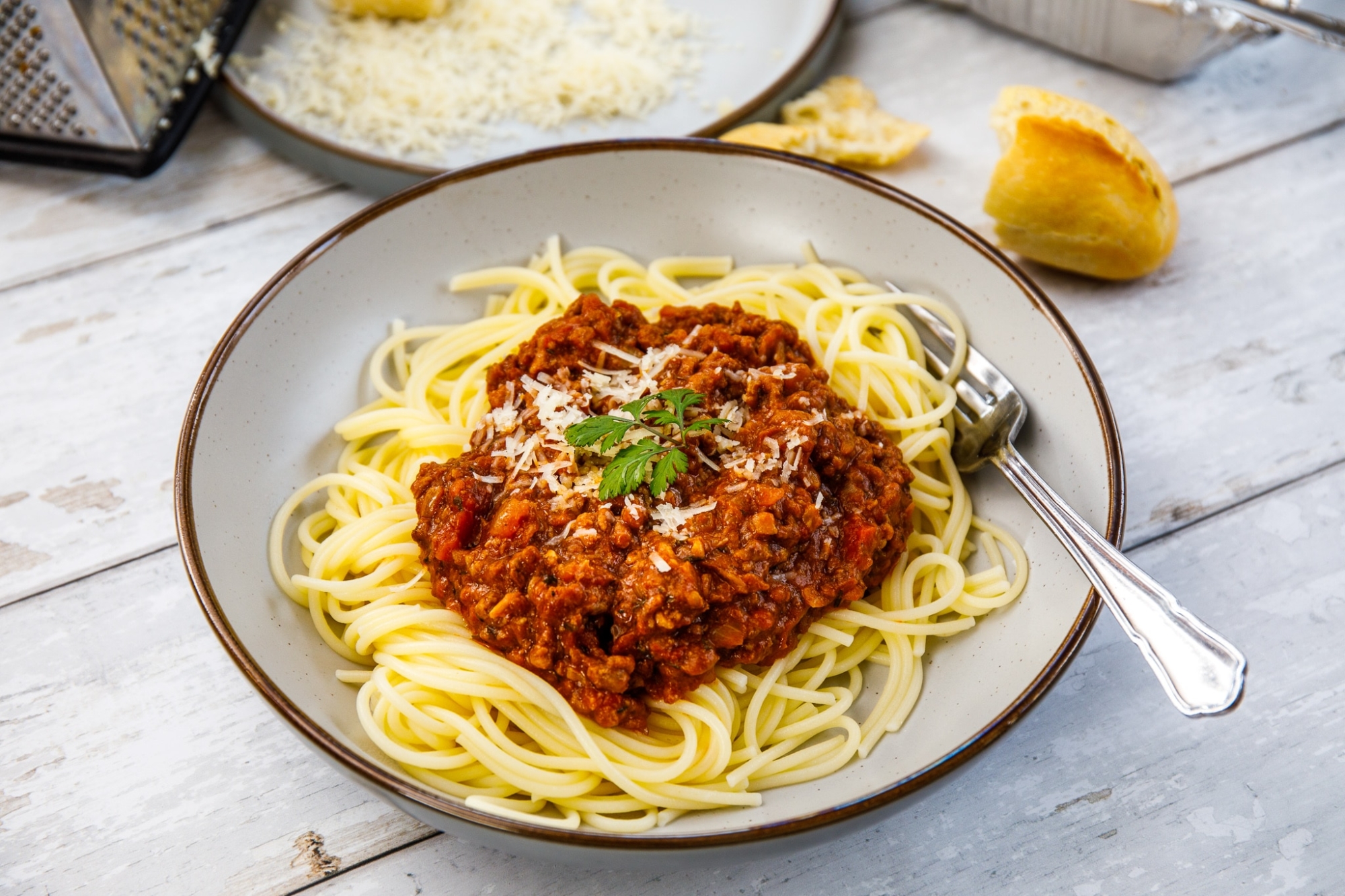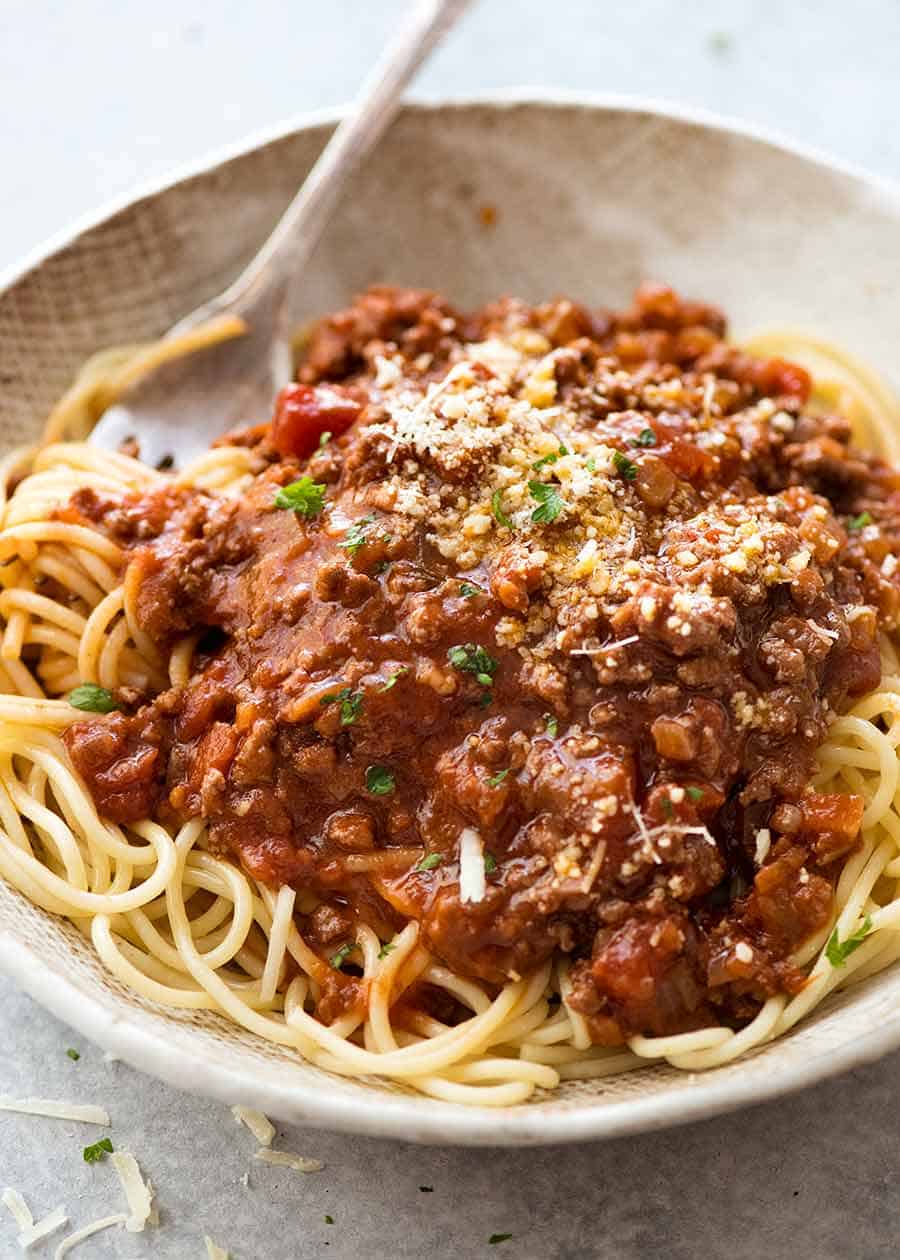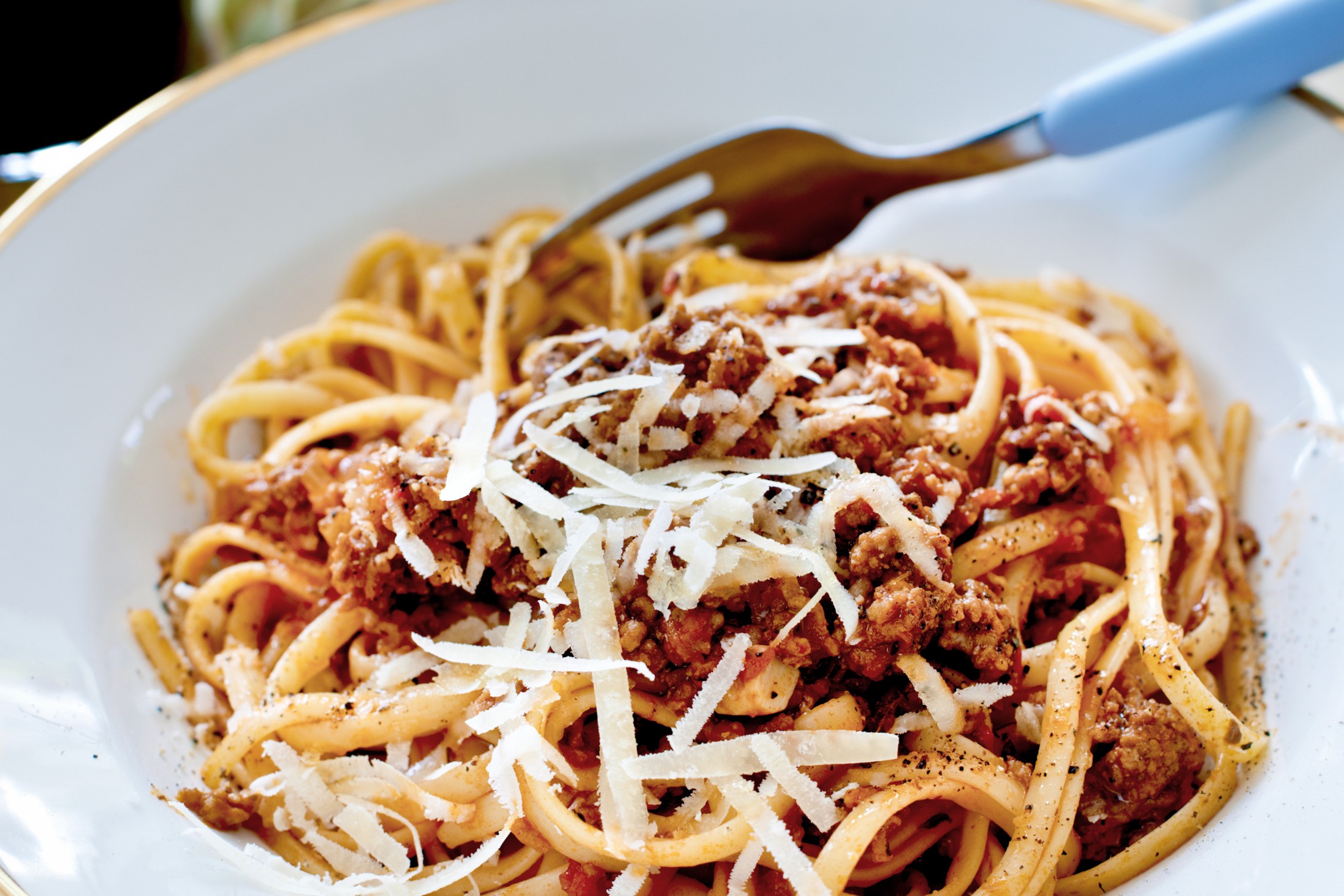The Enduring Allure of Spaghetti Bolognese: A Deep Dive into Italy’s Culinary Icon

Spaghetti Bolognese. The name itself conjures images of steaming plates, rich aromas, and comforting family meals. This seemingly simple dish, a cornerstone of Italian-American cuisine, holds a complex and surprisingly contested history, far exceeding its reputation as mere comfort food. This article delves into the fascinating world of Spaghetti Bolognese, exploring its origins, variations, the controversies surrounding its name, and the crucial elements that contribute to its enduring appeal.
A Dish of Contested Origins: Beyond the Italian Borders
While widely associated with Italy, the "Spaghetti Bolognese" as we know it today is largely a creation of the 20th-century diaspora, particularly in the United States and other Anglophone countries. Authentically Italian variations exist, but the specific combination of long pasta with a meat-based ragù is not a traditional dish found throughout Italy. The name itself is a point of contention. In Bologna, the heart of Emilia-Romagna, the region from which the ragù originates, you’re unlikely to find it served with spaghetti. Instead, the rich, slow-cooked meat sauce – properly called ragù alla Bolognese – is typically paired with tagliatelle, a wider, flatter pasta that better captures the sauce’s texture and depth of flavour.
The confusion stems from the broader adoption of the term "Bolognese" to describe any meat-based sauce, a simplification that loses the nuances of regional Italian cooking. The true ragù alla Bolognese is a carefully crafted sauce, a testament to the culinary traditions of Bologna, where the preparation is a ritual passed down through generations. Its evolution is rooted in the region’s agricultural abundance and its historical culinary practices.
The Ragù Alla Bolognese: A Culinary Masterpiece in Slow Cooking
The heart of any successful "Spaghetti Bolognese" (or more accurately, tagliatelle al ragù) lies in the ragù itself. This isn’t a quick, hastily assembled sauce; it’s a labour of love, a testament to the virtues of slow cooking. The traditional recipe calls for a meticulous process, often spanning several hours, even a whole day. The ingredients are simple but crucial: finely minced beef (often a mix of different cuts), pancetta or guanciale (cured pork jowl), onions, carrots, celery, tomatoes (either fresh, canned, or a combination), and a generous splash of good quality red wine. The use of milk or cream is a modern addition, largely absent from authentic Bolognese recipes.
The process begins with the soffritto, a foundational element in Italian cooking. Finely diced onions, carrots, and celery are slowly sautéed in olive oil until softened and fragrant, forming the base for the ragù. The pancetta or guanciale is then added, its rendered fat enriching the sauce with a deep, savoury flavour. The minced beef is browned, followed by the addition of wine, which helps deglaze the pan and adds complexity. Finally, the tomatoes and a touch of broth are added, and the ragù simmers gently for hours, allowing the flavours to meld and deepen. The result is a rich, intensely flavoured sauce, complex in its simplicity. The longer it simmers, the more intense the flavour becomes.
Variations and Adaptations: A Global Phenomenon
While the traditional Bolognese ragù adheres to specific guidelines, variations exist across the globe. The readily available ingredients and local tastes often influence the final product. Some recipes incorporate pork shoulder or even sausages, adding another layer of flavour. Others might use different types of tomatoes, or adjust the amount of wine. These adaptations don’t necessarily detract from the dish; they highlight its adaptability and its capacity to reflect diverse culinary traditions.
In North America, for instance, "Spaghetti Bolognese" often includes ground beef as the primary meat, a simplification that makes the dish quicker to prepare. This adaptation, while less traditional, remains widely popular for its convenience and satisfying flavour. Similar variations can be found in other parts of the world, showcasing the global reach and adaptability of this beloved dish.

Beyond the Sauce: Pasta Selection and Serving Suggestions
The pasta choice is equally crucial. While spaghetti is widely used, the classic pairing is tagliatelle, as mentioned earlier. The wider, flatter pasta provides more surface area for the ragù to cling to, enhancing the overall eating experience. Other long pasta shapes, such as pappardelle or fettuccine, can also be used successfully. The key is to choose a pasta that can hold the rich sauce without becoming overly soggy.
Serving suggestions vary, but a simple dusting of freshly grated Parmesan cheese is a must. A sprinkle of finely chopped fresh parsley adds a touch of brightness and freshness, balancing the richness of the sauce. Some prefer to serve it with a side of crusty bread, perfect for soaking up the delicious sauce. The simplicity of the side dishes allows the ragù to take centre stage, showcasing its complex and layered flavours.
The Cultural Significance: More Than Just a Meal
Spaghetti Bolognese, despite its contested origins, holds significant cultural importance. It represents a sense of comfort, family, and tradition. For many, it evokes memories of childhood meals, shared gatherings, and the comforting warmth of home-cooked food. Its global popularity speaks to its universal appeal, transcending geographical boundaries and cultural differences. It’s a dish that unites people across continents, a testament to its enduring charm and versatility.

The dish’s adaptability also reflects the evolution of culinary practices. It’s a dish that has adapted to different cultures and palates, while retaining its core essence. This adaptability ensures its continued relevance in a constantly evolving culinary landscape.
Conclusion: A Legacy of Flavour and Tradition
Spaghetti Bolognese, or more accurately, tagliatelle al ragù, remains a culinary icon, a dish steeped in history and tradition. While its name and precise preparation may be subject to debate, its enduring popularity is undeniable. The rich, slow-cooked ragù, the carefully chosen pasta, and the simple yet elegant presentation combine to create a dish that is both comforting and sophisticated. It’s a culinary testament to the power of simple ingredients, meticulous preparation, and the enduring appeal of tradition. It’s more than just a meal; it’s a story, a legacy of flavour, and a cherished part of culinary history. So, the next time you enjoy a plate of Spaghetti Bolognese, take a moment to appreciate the rich history and cultural significance behind this seemingly simple yet remarkably complex dish. And perhaps, consider trying the authentic tagliatelle al ragù – you might just discover a new favourite.


Video tentang The Enduring Allure of Spaghetti Bolognese: A Deep Dive into Italy’s Culinary Icon
Penutup
Therefore, we hope this article has provided valuable insights on The Enduring Allure of Spaghetti Bolognese: A Deep Dive into Italy’s Culinary Icon. We hope you found this article informative and helpful. See you in our next article!

